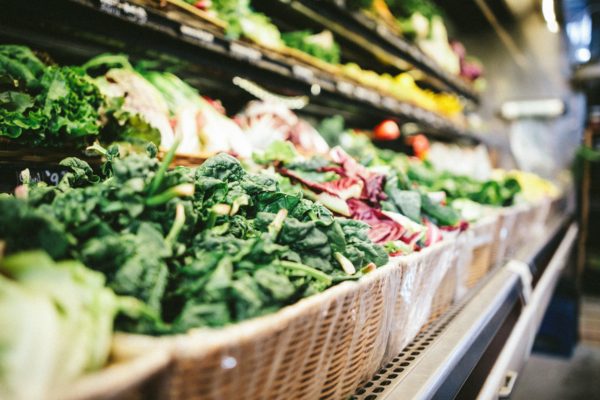
Join our FREE 5 Day Clean Eating Challenge! De-bloat, slim down, and boost your energy to feel thinner, leaner, and stronger.
Join Below!
Maybe you’ve heard of clean eating as a concept, but what is clean eating exactly? The list below breaks it down into simple to follow rules so you can feel confident you’re taking the right steps, even as a beginner.
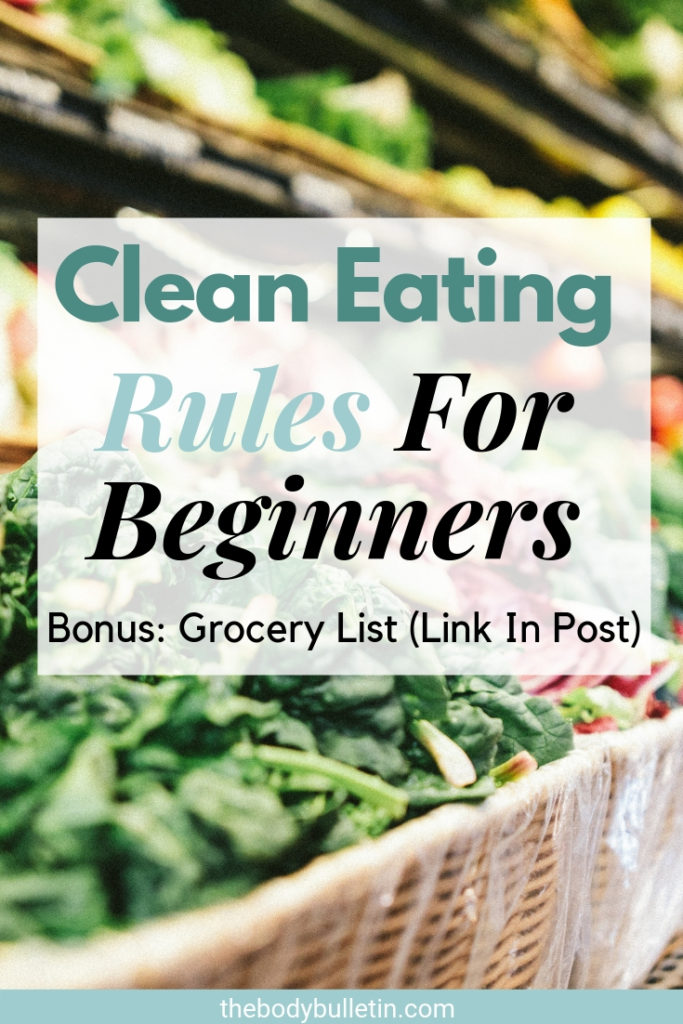
BONUS: Included in the bottom of this post is a link to a grocery list I’ve created all for you.
1. Consuming real food, food that is in its natural state or as close to its natural state as possible.
What does food in its natural state mean? Well, when you pick up a potato you can see it’s a potato, which is how it looked when it came out of the ground. When you pick up an apple, it looks the same as when it was picked off the tree where it grew.
On the contrary, a potato chip does not resemble the same look, taste, and feel as the potato. The potato chip has been sliced thin, fried in oil, with salt added to get it to the final result of a potato chip.
2. Avoid Artificial Foods
Artificial food is food that has been engineered, modified, processed, colored, created artificially in any way. If you are eating clean, you’d want to avoid this type of “food” whenever possible.
Examples:
- Artificial sweeteners
- Food coloring
- Crab meat AKA imitation crab AKA the hotdog of seafood
- White chocolate
- Maple syrups like Aunt you know who vs. 100% Pure Maple Syrup Grade A
- Frozen veggie burgers
- Buttery topping in movie theaters, hint: it’s not butter
3. Eat Produce and Bulk Foods. Minimize Packaged Foods
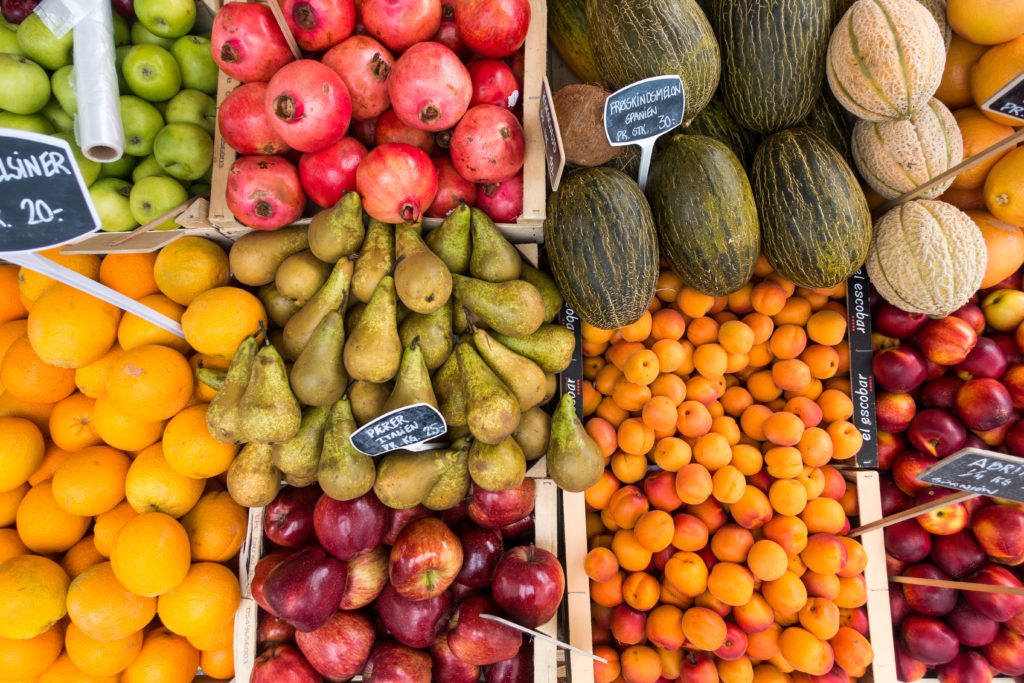
Most processed foods are like the chips I discussed above. Anything in a bag with a barcode is considered consumer packaged foods. The consumer packaged goods industry is alive and well. While I’m seeing a shift away from this, many producers are creating products (food) that are scientifically designed to make you crave them. Next time you pop open a can of your favorite soda take a look at the sugar content. Next time you open that bag of chips take a look at the sodium content.
Furthermore, what other ingredients might be listed on the label? Can you pronounce them all? Chances are there are specific ingredients (or chemicals) that are designed to increase the shelf-life of the food, or worse, to make the packaged food more addicting to the human brain.
It should be noted that there are several crafty companies out there that want you to keep buying their foods. These are the companies that engineer foods to keep you coming back for more.
However, there are also some great companies that don’t partake in these questionable practices who create foods in an alternate state we commonly enjoy, i.e. almond butter, ketchup, or pasta.
Ideally, you’d buy food in its natural state and create your own but who’s got time for that? The following are some select few packaged foods that I’m always going to buy: Rolled oats, Banza pasta, coconut milk, whole wheat pasta, beans, legumes in a can.
The key takeaway here is to look at the nutrition label and ensure you understand the sugar content, sodium content, and other ingredients listed.
4. Fresh Produce Over Canned Produce
Canned foods (packaged goods) have an added amount of sodium (salt) and sugar, as well as preservatives to give them shelf life. By opting for fresh produce you avoid the additives and enjoy a more naturally flavorful dish.
If you had to choose, opt for frozen over canned. Frozen foods retain more of their nutritional value than canned foods and frozen foods are devoid of the preservatives of canned. While it’s not the same flavor and texture you’d get from fresh vegetables, this is a fair option if you don’t mind a lack of “crunch” to your veggies.
5. Honey or Maple Syrup Over Refined Sugar
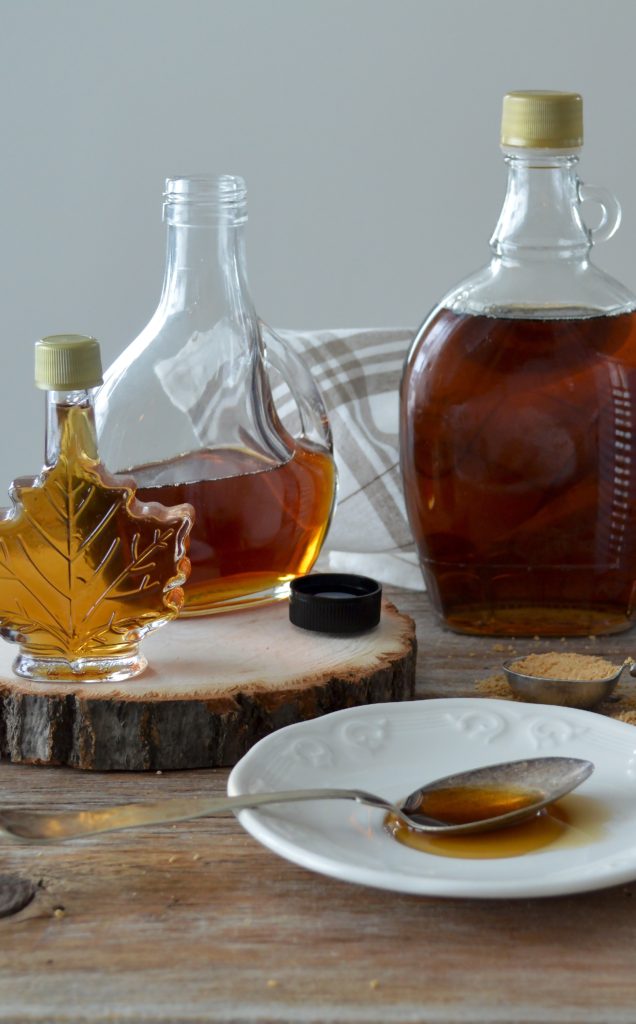
Let’s be honest, even if you aren’t a “sweets person,” we all have that craving for a tasty dessert from time to time. The good news is you can have dessert, just skip on the products that contain refined sugar. Instead opt for, ideally, a homemade dessert with maple syrup or honey as your sweetener.
Why maple syrup and honey? Simply because they are the most unaltered from their natural state from the time they are created to the time we ingest them.
Not much of a cook? Many dessert products are now hitting the market with clean ingredients so there might be something you can find in your area. One of my favorite clean desserts are these paleo cocoroons. Clean simple ingredients and no shortage of flavor.
I love lemon-y desserts with their tart and sweet mixture. These cocoroons are fantastic solo or microwave them for a few seconds and mash up some raspberries to go along for the party.
You might be wondering, what about agave? Isn’t that ‘clean.’ I don’t include agave because agave is as processed as high fructose corn syrup. If I’m following the principles of a clean diet I use ingredients that are in their most natural state at consumption and this simply doesn’t fall into that category.
Starting to feel a little lost on what you should be buying at the grocery store? Check out this made-for-you grocery list to get you started.
Conclusion
If you’re feeling overwhelmed as to where to start, try picking one rule at a time. Start by swapping ingredients that don’t fall into the rules one by one. No one is expecting you to transform overnight and no one is perfect. If you were to eat clean 80% of the time, you’d make substantial strides in the quality of your nutrition.
When you transform your eating habits to clean foods and follow the clean eating rules you’ll start to feel better overall. You’ll be more alert, have more energy, go to the bathroom regularly, sleep better, and eventually realize how bad ‘unclean’ foods were making you feel in the first place. It’s truly revolutionary.
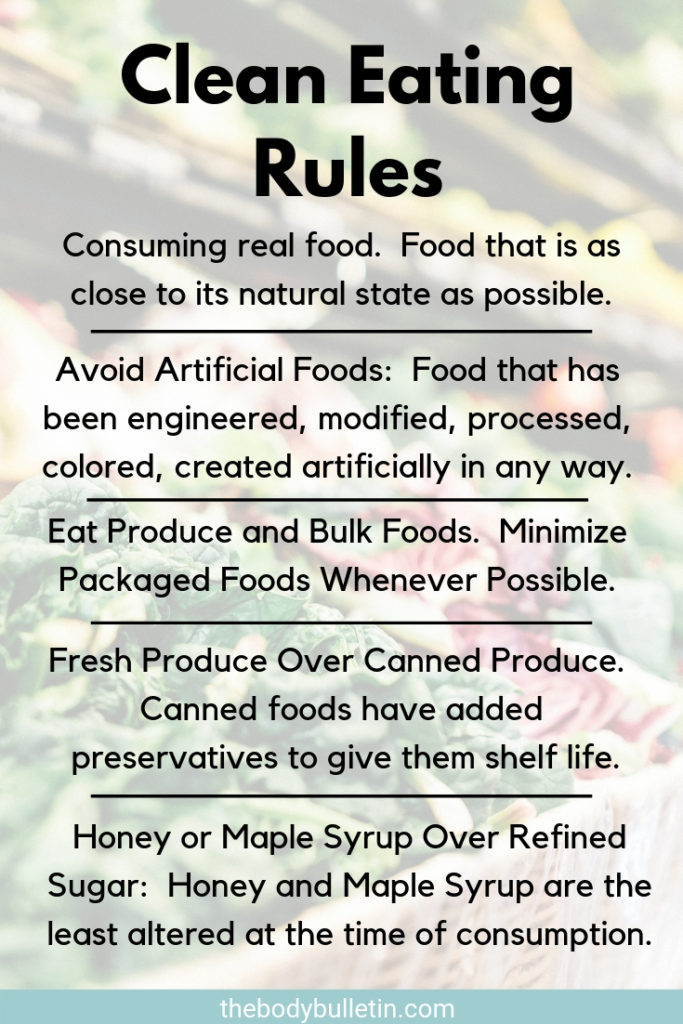
Check out our latest posts:
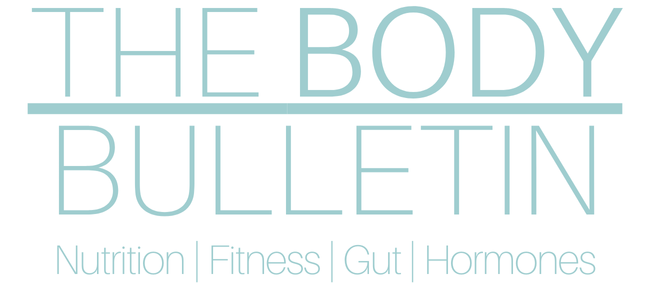
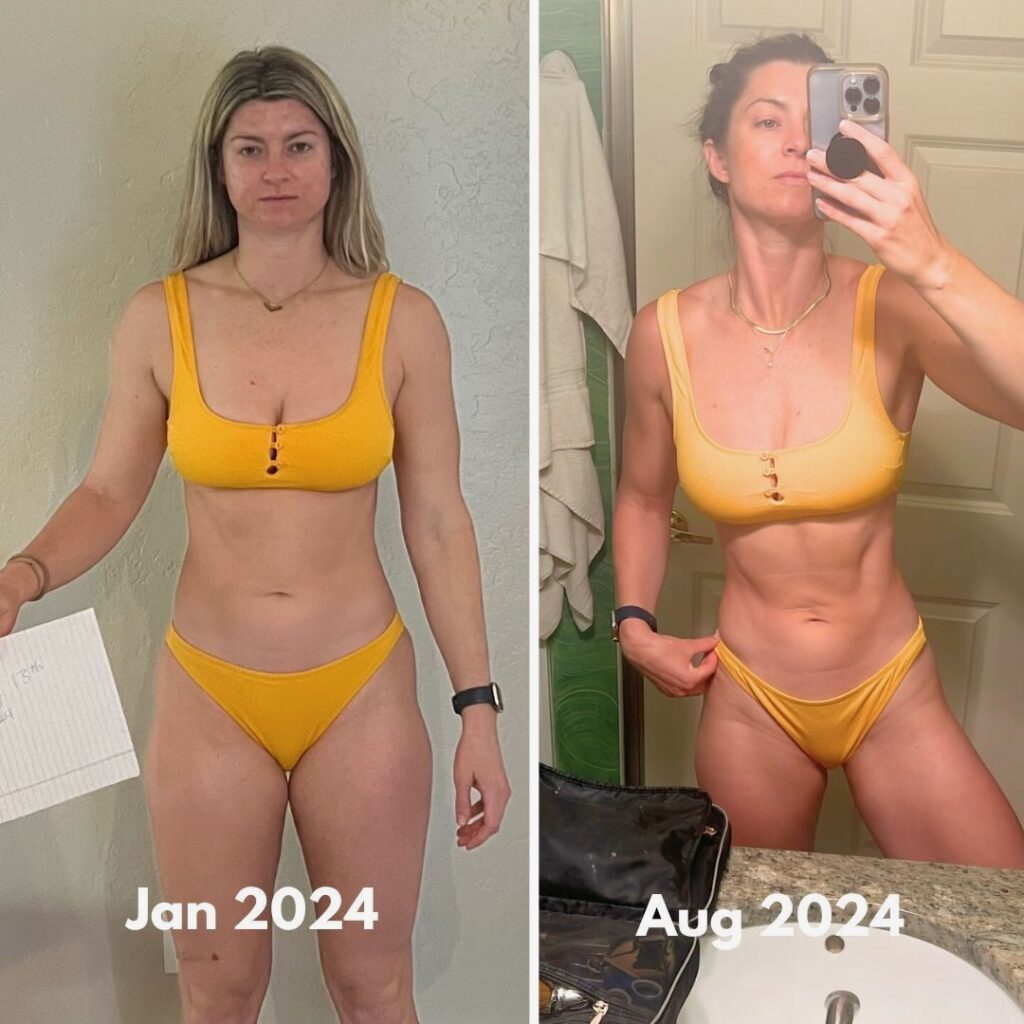
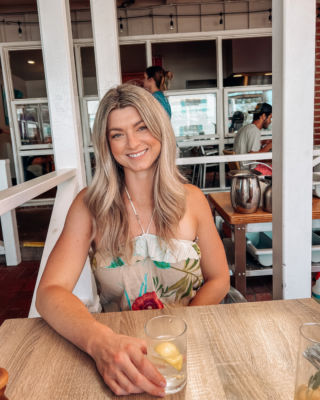
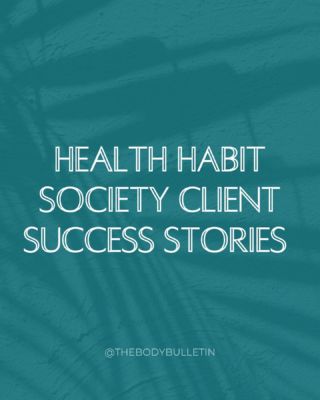

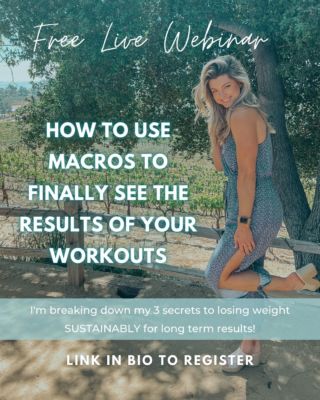
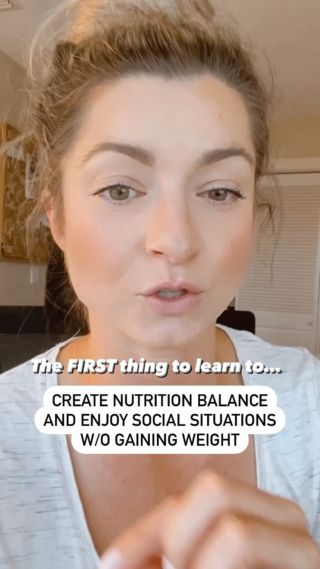
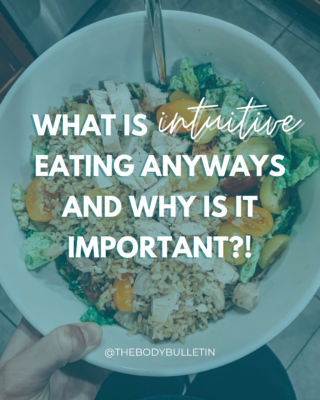
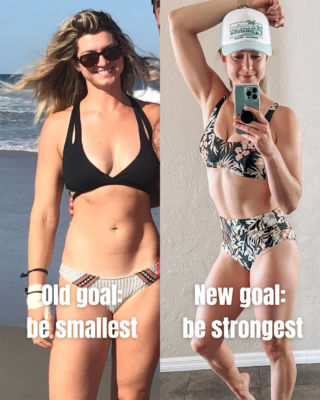
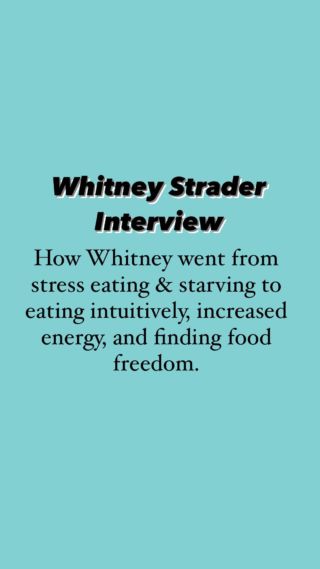
Leave a Reply